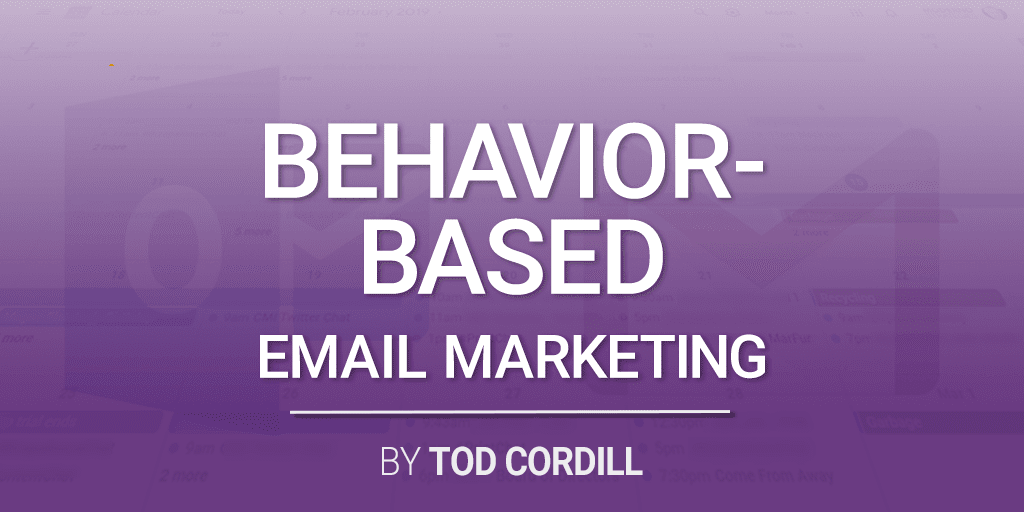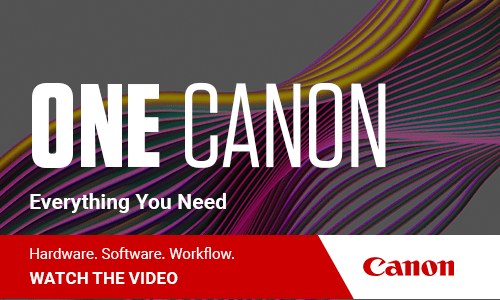
Last month I discussed calendar based emails, which is sending emails when you want to send them. These calendar-based emails might be a newsletter sent at a regular schedule or a campaign when you want to market an event. While you may target part of your audience to increase your chance of the message being relevant, the email recipient may not be receptive to your message at the particular time you send it.
1. Triggered Email Messages
Sending an email that is triggered off some visitor activity, or behavior has a much better chance of being relevant and engaging the recipient. Unlike calendar based emails that are normally sent out in large batches, behavior-based triggered emails are sent out one at a time based on an action the recipient took.
Common triggers include:
- A website form fill
- A known website visitor viewing a particular web page
- Direct mail with Intelligent Mail barcode final scan before delivery
Sending triggered emails is generally the first step companies take when beginning to automate their marketing.
Website Form Fill
This is the most common form of a triggered email. Done right you’ll have your prospect or customer actually looking for your email in their inbox.
Web page form fills for contact, estimate request, or email newsletter signups is a good opportunity to send a confirmation email that thanks them and provides links to useful information they may be interested in while waiting for your response. Requests for eBooks or other gated content will have your visitor looking in their inbox for your email.
Known Visitors View Website Content
One of the values of a marketing automation platform is that it can help convert an anonymous website visitor into a known visitor. The system then tracks their behavior on your website, allowing you to follow up with relevant emails.
Specific pages that can trigger an email includes:
- Product page
- Particular blog post or resource page
- Pricing page
Emails triggered by these behaviors have a high likelihood of being relevant and being received at the right time. Since you are top-of-mind, they are engaged on your website, and you know what content they’re interested in, there’s a good chance you can deliver an email that will get a response and get closer to a sale.
2. Drip Campaigns
A drip marketing campaign is when a pre-planned series of messages are dripped out over time. Drip campaigns using email are very common, but they can also be based on direct mail or a combination of the two. The first message in a drip campaign is triggered by a specific behavior, then subsequent messages are sent, or dripped, over time.
3. Behavior-Based Direct Mail
Triggered messages are not limited to emails. An integrated marketing automation platform can automatically FTP a list to a direct mail service provider that sends a relevant, personalized, mail. Intelligent Mail barcode technology can then be used to trigger an email to be sent the day, or a few days after, the direct mail is delivered. Typical messages are along the lines of “look in your direct mail” or “how did you like what we sent?”
4. A Relevant Message
While online behaviors allow a message to be delivered at the perfect time, much thought needs to be given about content. By definition, you know something about the visitor, and you may know a lot Personalize the message as much as possible based on data you know:
- Location
- Industry
- Job title (for B2B marketing)
- Company size
- Where they are in the buying process.
Personalize both the message and the response mechanism based on what you know and the online behavior. You’ll need a more general message the less you know, and the call-to-action can have a goal of learning more about your contact.
One tip when creating your message content is to focus on what information your recipient might find useful and not tell them what you want them to know. Focusing on telling them what you want them to know can come later during the sales process.
Comparing Calendar and Behavior-Based Marketing
Calendar-based and behavior-based messages both have a place in your marketing programs. Periodic calendar based emails such as newsletters are great for keeping your brand top-of-mind so they think of you when it is time to buy. They also work great for trying to drive attendance to online or in-person events.
Behavior-based emails are better at moving a prospect closer to the buying stage, or up-selling or cross-selling existing customers. Once you start sending behavior-based messaging you’ve stepped into marketing automation. While most service providers provide basic triggered emails, rules-based emails, advanced segmentation, and emails sent due to website visits require more advanced marketing automation platforms.
Most email service provider platforms, such as MailChimp, support calendar-based campaigns and emails triggered by a form fill. But triggered messaging based on behaviors like website page visits require more sophisticated marketing automation systems.











One Response